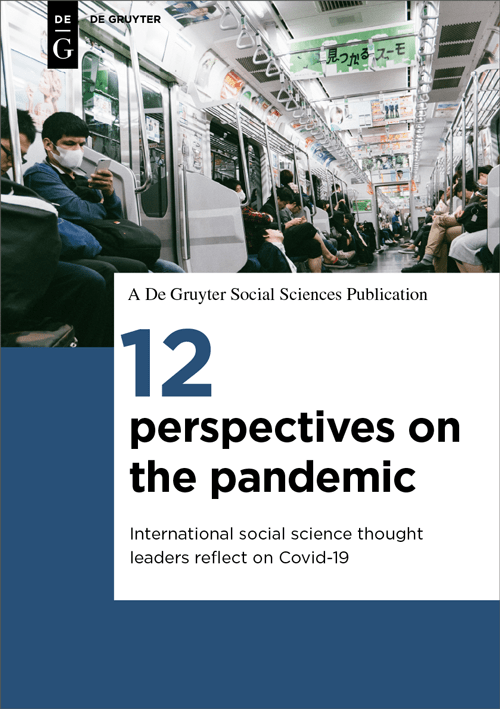Preparing Welfare States in the Age of Covid-19
How will our welfare states respond — and be forced to respond — to the economic effects of Covid-19? What will our healthcare systems of the future resemble?
This essay was first published in the free digital pamphlet 12 Perspectives on
the Pandemic: International Social Science Thought Leaders Reflect on Covid-19.
The economies of all countries around the globe have been significantly pressured by the outbreak of the Covid-19 virus. This is because many nations are now temporarily ‘closed’ in many ways, including on their borders. Fewer goods and services are sold, and large parts of the tourism industry, for example, have completely shut down. This article mainly focuses on the more mature welfare states in Europe. Here, the rising level of unemployment has meant increased public sector spending. Of course, implied alongside this is a reduction in tax revenue due to the marked decrease in economic activity. This increases the government deficit and debt in many countries, similar to the financial crisis more than ten years ago. This might have a detrimental impact on the future of welfare states because of the need to pay interest and repay debt.
A Paradigm Shift
The public sector deficit has increased, not only as result of higher levels of unemployment and less tax revenue, but also because in many countries there have been economic initiatives to mitigate the consequences of the crisis for both companies and workers. These have been sensible initiatives to prevent societies coming to a complete standstill, resulting in even more bankruptcies and unemployment.
It illustrates that there has been a paradigm shift in many countries, as the interventions in many ways can best be characterized as a classic Keynesian economic demand management strategy. The crisis has shown that while the market and the use of market mechanisms can do a lot, there are also situations where government intervention is needed to regulate and contribute to the functioning of the economy. Otherwise, human and socio-economic costs would be too high. Depending on how long the crisis lasts, the interventions will be needed for years. This will be especially true if international trade is restricted and if, for example, tourism in many countries takes a while to restart and then perhaps continues on a lower level for a number of years.
Preparing Our Healthcare Systems
At the same time as there is a higher burden on economies, there is also pressure on healthcare systems in all countries, and many have undoubtedly not been adequately prepared for a pandemic of this size. Therefore, in the coming years, in addition to the known factors that are pushing some healthcare costs upwards (such as change in demography, increase in expectations and new technology), money will also be needed in other essential areas. These include preparing the healthcare system for the possibility of similar situations reemerging and coping with those diseases less effectively treated during the peak of the crisis. Given what we know about support for welfare states, these will be popular policies among voters for years to come.
“If the welfare states want to continue historical levels of activity and spending, they might need to be willing to pay more in taxes and duties.”
It raises the question of how this will affect many other areas in the welfare states, such as caring for children and the elderly; education; and the level of a large number of income transfers (like unemployment and social assistance).
This is because if more money is to be spent on healthcare, without raising taxes and duties in most welfare states, it will be necessary to adjust spending in other areas. This is so since there must also be expected to be negative economic growth this year as well as the next year in a number of welfare states, and with negative economic growth, there will, with the same level of taxes and duties, be less money available for the welfare states. Countries with an already high level of government debt will also be pressured as they must borrow on the ordinary capital markets. They will risk having to pay a relatively high interest rate.
Going Forward
If the welfare states want to continue historical levels of activity and spending, they might need to be willing to pay more in taxes and duties. This will be at least until the economies function again, the Covid-19 crisis is over, and there are resources available to expand the healthcare sector and maintain other parts of the welfare states.
Learn more in this related title from De Gruyter
[Title Image via Getty Images.]
